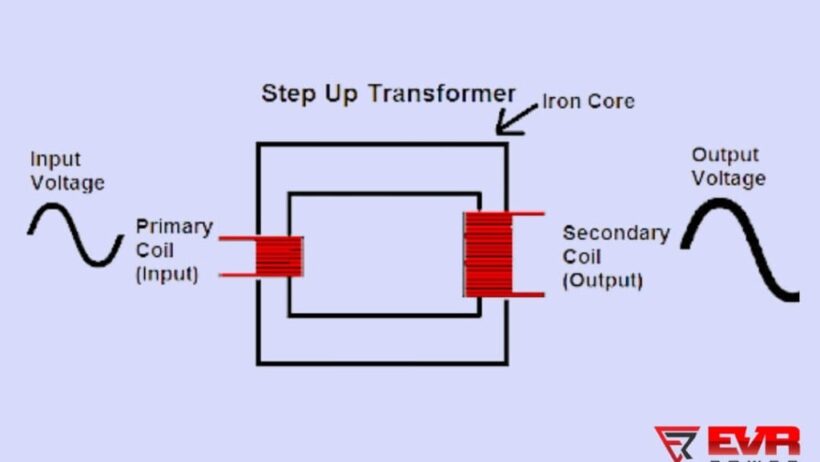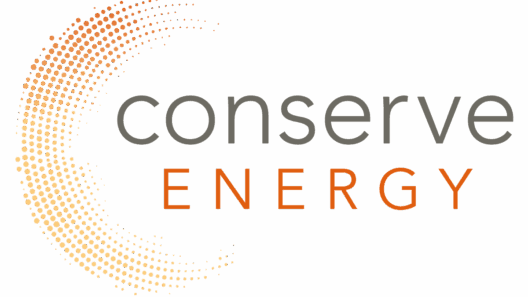Electricity is the lifeblood of modern civilization. It powers our homes, industries, and, increasingly, our renewable energy systems. In this ecosystem of generation and consumption, transformers—specifically step-up transformers—play a pivotal role. However, a frequent query arises: do step-up transformers violate the law of energy conservation? To unravel this question, we must delve into the principles of energy transformation, the workings of transformers, and the implications for energy efficiency.
At its core, the law of conservation of energy states that energy cannot be created or destroyed, only transformed from one form to another. This fundamental principle is the bedrock of physics. To comprehend the operation of step-up transformers, one needs to grasp that they are devices specifically designed to increase the voltage of electrical energy while conserving power. In essence, a step-up transformer allows for the transmission of electricity over long distances with fewer losses.
A step-up transformer functions based on electromagnetic induction. It consists of two coils of wire—primary and secondary—wrapped around a magnetic core. When an alternating current flows through the primary coil, it generates a magnetic field that induces a voltage in the secondary coil. The ratio of the number of turns of wire in the secondary coil compared to the primary coil determines how much the voltage is increased. For example, if the secondary coil has twice as many turns as the primary, the output voltage will be twice as high.
Critically, the power (the product of voltage and current) remains constant, neglecting minor losses due to resistance and other factors. If a transformer steps up the voltage, the current on the secondary side will decrease correspondingly to ensure that the power in equals the power out. This intimate relationship between voltage and current demonstrates compliance with the energy conservation law. Thus, while it may appear that power is ‘gained’ by increasing voltage, the reduction in current ensures that the total energy remains constant—a fundamental aspect of energy conservation.
It is essential to consider energy losses during the transformation process. No device is entirely efficient. Step-up transformers exhibit losses primarily due to resistance in the windings, hysteresis in the magnetic core, and eddy currents. These factors diminish the efficiency of energy transfer, typically resulting in efficiencies ranging from 95% to 99%. Despite these losses, the transformers still abide by the conservation law when evaluated within the context of their entire operation.
Another dimension to examine is the broader implication of energy conservation laws in the context of renewable energy generation. As societies pivot towards sustainable practices, step-up transformers play a pivotal role in helping wind and solar farms transmit electricity effectively. Renewable energy sources often generate electricity at lower voltage levels, making it necessary to step up the voltage for efficient transportation across long distances to urban centers where demand is highest. By integrating these transformers into the energy grid, we can facilitate more efficient distribution while adhering to conservation principles.
Moreover, the fascination surrounding step-up transformers extends beyond their function. These devices represent the intersection of physics and engineering, demonstrating the alloys of innovation and tradition. Their design principles hark back to the early days of electromagnetism, yet they remain vital to the progress of modern electrical engineering. As society confronts the challenges of climate change, stepping up our commitment to energy efficiency becomes an imperative that resonates through innovations such as smart grid technologies and energy management systems.
To further enrich this discourse, it is pertinent to address the alternative perspectives on the topic. Some critics may argue that the mere existence of transformers, particularly in extensive electricity grids, encourages inefficiency within the system. By relying heavily on these mechanisms, they claim, we may inadvertently partake in wasteful practices of energy consumption. Yet, these assertions often overlook the complex reality of energy infrastructure and the necessity of transitional technologies that enable a shift toward renewables.
As we navigate the murky waters of energy production and distribution, it becomes abundantly clear that technologies must work in concert with energy conservation principles. Step-up transformers exemplify this harmony, allowing for improved efficiency in energy transmission while simultaneously embracing the law of conservation. As the global landscape shifts towards a cleaner energy future, it is imperative to recognize the importance of such transformers in facilitating the transition.
The key takeaway is that step-up transformers indeed adhere to the law of energy conservation. They may appear to amplify power, but they do so at the expense of diminishing current. This relationship underscores a fundamental truth: energy cannot be created nor destroyed, and the function of a step-up transformer embodies this principle meticulously. As society becomes increasingly aware of the need for energy efficiency and conservation, understanding the role of these devices within the broader energy ecosystem will only become more critical.
In conclusion, while step-up transformers do not break the law of energy conservation, they play a crucial role in ensuring that energy can be transmitted efficiently over vast distances. The ongoing challenge lies in evolving this technology and others to minimize losses and optimize performance, thereby enhancing our collective response to climate change and our journey toward a sustainable future.








